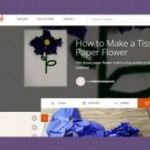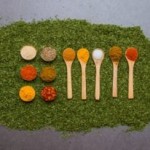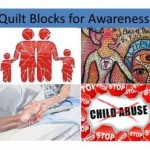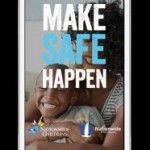
t’s amazing how technology can influence and change our perception and creativity of things, including sewing and fashion! If you teach sewing and/or fashion, below are some ideas of how technology has influenced or become a part of the art. At one time these ideas may have existed only in our imaginations and now they are reality! If you know of other ideas or resources available, please share via the comment section below.









